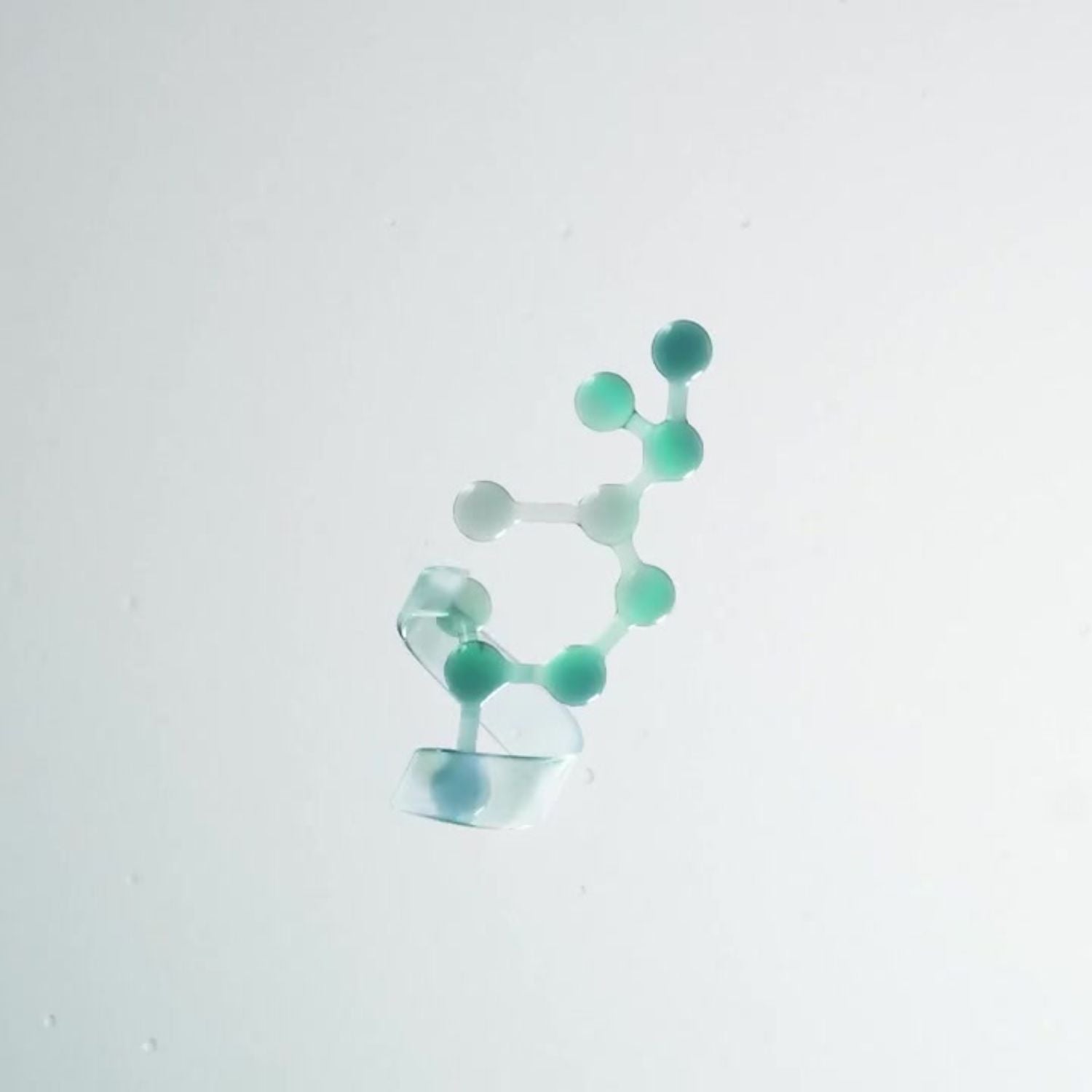Why the neck appears to age faster
-
Skin Elasticity: The dermis of neck skin, the layer responsible for the skin's structural strength, is much thinner than the skin across your body. In the dermis of the neck skin, much lower levels of collagen, a protein that creates a structural framework in the skin, give the skin more freedom to move. This skin also has higher levels of elastin, making the neck skin highly elastic. For this reason, it becomes more prone to the development of wrinkles as the already low levels of collagen deplete with age
.1,2
-
Moisture:
Neck skin is also especially susceptible to dryness as it has fewer sebaceous glands and pores, making neck skin drier than most other areas of the body. Dryer skin not only displays the effects of aging skin through wrinkles, sagging, cracking, and uneven skin texture but can also lead to premature aging of the skin.3
-
Sun Exposure:
Our necks are highly exposed to the elements and, if neglected, can experience premature skin aging; in fact, sun damage contributes to up to 90% of the visible effects of skin aging.4 UV exposure can actually damage DNA and proteins within our cells, making them enter a state referred to assenescence. On the cellular level, senescent cells should be cleared away by the immune system. The immune system becomes less efficient with age, and senescent cells are left to linger. These zombie cells secrete harmful factors, including matrix metalloproteinases (MMPs) that degrade collagen proteins within the skin, resulting in crepey skin over time.
What are the signs of neck aging?
-
Wrinkles, Fine Lines, and Neck Bands:
These marks on the skin are often a sign of a weakening of the skin related to age. Neck wrinkles are often the first to be noticed on the body and can sometimes be a result of dry skin.5
-
Sagging Skin:
Sagging skin shows that your skin has lost its strength and elasticity. Age-related damage to cells causes elastin to decline over time, reducing the elasticity of the skin and leading to skin sagging. 5
- Texture changes: Aging can cause the skin to become more transparent and dryer, and experience a loss in melanin and collagen, affecting the texture and overall appearance of the skin. Especially for women, post-menopause skin aging can cause significant changes in overall skin composition.
Are neck lines normal?
Neck care tips
Preventative Skincare
#1 Limit Unprotected UV Exposure
#2 Rethink Smoking
Smoking cigarettes or conuming other nicotine products can harm your skin. This is because nicotine narrows the tiny capillaries that supply nutrients to the skin. When your skin lacks these nutrients, the skin struggles to produce structural proteins like collagen. These integral proteins not only promote overall skin health but are what make your skin look young. Smoking can cause up to a 20% decrease in collagen synthesis, leading to the early development of or worsening of wrinkles in the skin, including the neck area.
Restorative Skincare
#1 Eat well
-
Healthy Lipids for a Healthy Skin Barrier: Unsaturated fats are used by the body's cells to ensure a healthy lipid balance and maintain the skin barrier. You can protect your overall skin health by maintaining a diet high in omega-3 fatty acids, polyunsaturated and monounsaturated fats. A healthy skin barrier
aids in moisture retention, helping keep the skin free of wrinkles.7 Fatty fish, vegetable oils, nuts, seeds, avocados, tofu, and dark chocolate are all good sources of these unsaturated fats.
-
Proteins that Promote Collagen Production: The constantly renewing skin requires a consistent supply of proteins to rebuild collagen and elastin
. The body cannot synthesize many proteins needed to make collagen and elastin; they must be consumed. Some great sources of these proteins are foods like fish, meat, dairy, fruit, and legumes.8
-
Protecting our Skin with Antioxidants: Free radicals
within our body cause harm to skin cells and break down collagen.9Antioxidants can neutralize these free radicals, preventing damage associated with premature skin aging. Consuming antioxidants in your diet can prevent this damage from accumulating with age, reducing the prevalence of wrinkles.
#2 Exfoliate
Exfoliation removes dead skin cells, giving room for healthier cells to grow. Exfoliation of the neck can stimulate collagen and elastin production within the dermis. The physical process of removing dead cells encourages blood flow to the skin giving your cells the resources to create key proteins.10 Exfoliate with moderation on the neck skin, especially because of how thin our neck skin already is. Over-exfoliation can lead to irritation and a compromised skin barrier. Exfoliate no more than three to four times per week or every other day.
#3 Moisturize
- The neck skin ages faster due to its thinner dermis, lower collagen levels, higher elastin content, and reduced moisture retention caused by fewer sebaceous glands and pores.
- Common signs of neck aging include wrinkles, fine lines, neck bands, sagging skin, and changes in texture, such as increased transparency, dryness, and loss of melanin and collagen.
- Factors contributing to neck aging include decreased collagen, dryness, and exposure to the sun. Sun damage, in particular, accounts for 80% of the visible effects of skin aging.
- Protecting the neck from environmental damage involves limiting unprotected UV exposure through sunscreen application (like OS-01 FACE SPF and OS-01 BODY SPF), avoiding smoking, and taking preventive measures against sun damage.
- To maintain healthy neck skin, focus on a diet rich in unsaturated fats, proteins, and antioxidants. Additionally, practices like exfoliation, moderation in exfoliating, and daily moisturization can contribute to radiant and youthful-looking skin.




